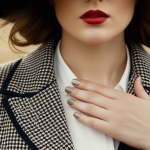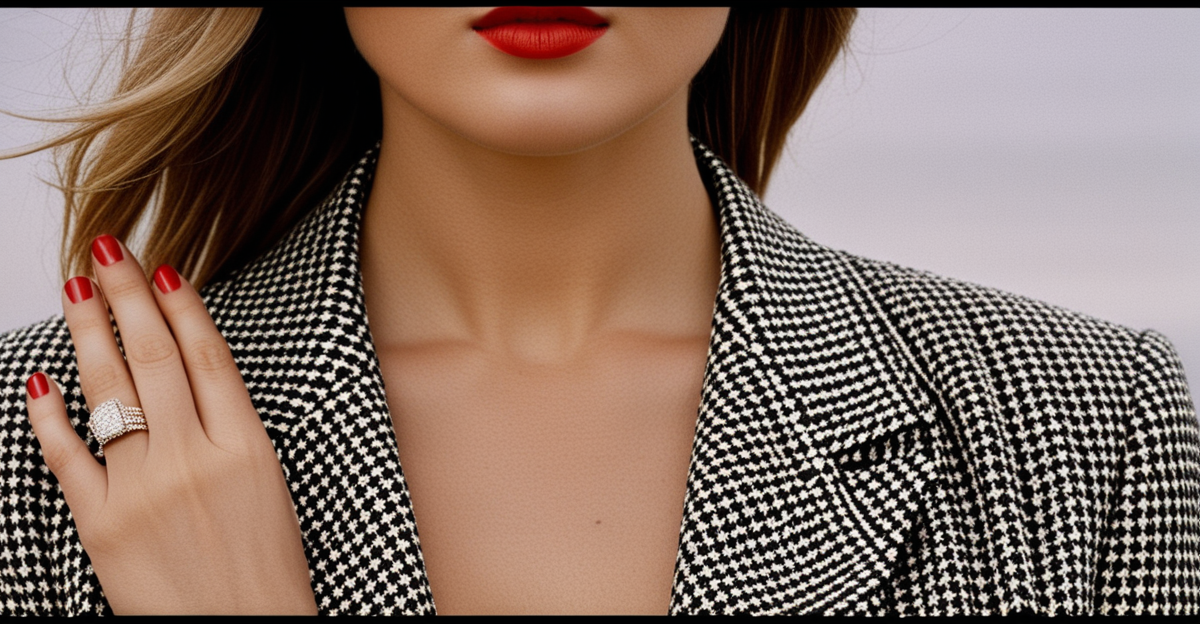Defining Eras: From Victorian Influence to Mid-century Elegance
Early Victorian fashion centered on strict silhouettes defined by bustles and corsets, reflecting societal norms prioritizing modesty and formality. Women’s attire in Queen Victoria’s era emphasized structure and ornamentation, creating an iconic look that persisted well into the 19th century. Moving into the Edwardian period, trends shifted slightly toward lighter fabrics and more natural shapes, but corsetry remained influential, maintaining the hourglass figure’s dominance.
The transformation accelerated in the 20th century. Post-war style, particularly after World War II, introduced dramatic changes inspired by economic and cultural recovery. Christian Dior’s New Look revolutionized women’s fashion with its cinched waists and full skirts, moving away from wartime austerity to glamour and femininity. This shift reflected not only a change in aesthetic preference but also broader social desires for renewal and celebration.
In the same genre : How Have Historical Trends Influenced Contemporary UK Women’s Fashion?
Throughout these periods, 20th-century British fashion was deeply entwined with historical context. Economic hardships, technological advances, and evolving gender roles all played critical roles in shaping women’s clothing. The transition from Victorian restraint to mid-century elegance showcases the dynamic interplay between fashion and cultural transformation.
Also to discover : How do UK women style casual outfits for weekend outings?




